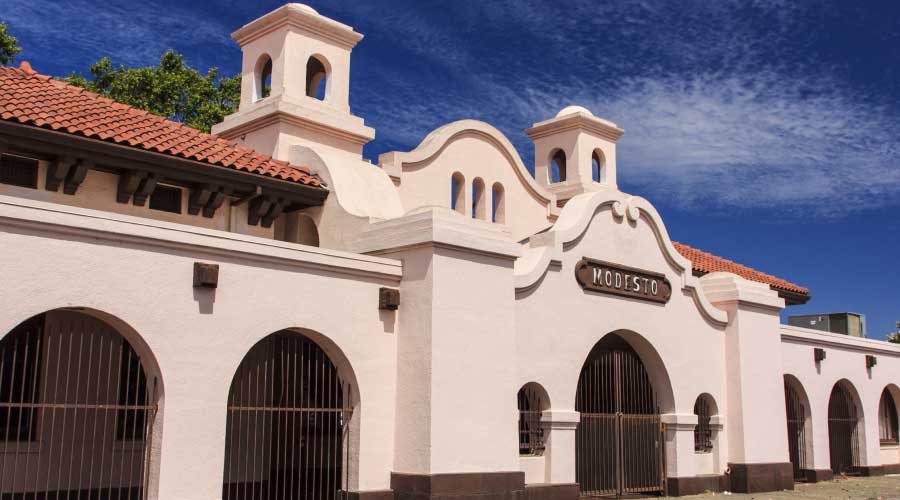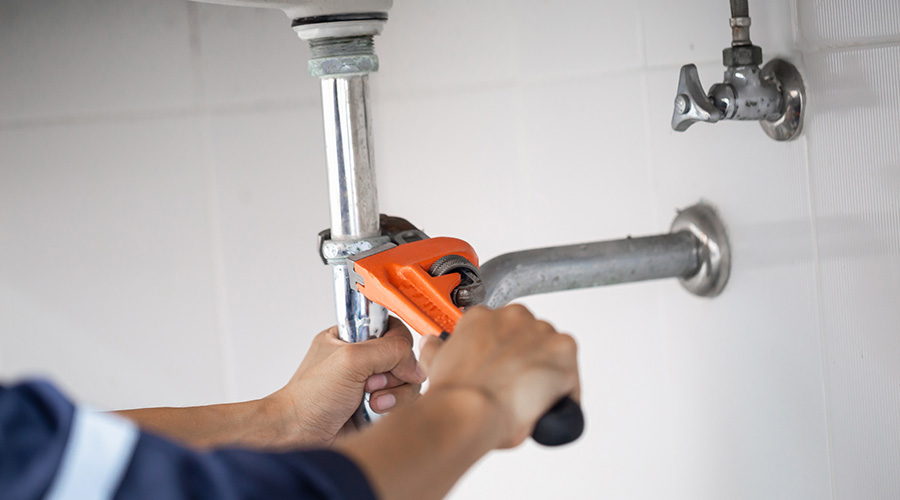Identifying Essential Drain-Cleaning Equipment
Performing effective inspection and maintenance on plumbing and piping systems in institutional and commercial facilities requires an array of must-have equipment, as well as nice-to-have accessories. The issue for maintenance and engineering managers is determining which products — from water jetters and drum machines to sectional machines and rodder machines — fall into each category.
The answer for each manager ultimately depends on a series of factors, from initial and life-cycle costs to user training and plumbing-system condition. By better understanding these issues, managers can make smarter, more cost-effective product selections.
Managers understandably try to minimize drain cleaning costs while still ensuring technicians maintain drains in good operating condition. Managers need to consider four repair phases in drain cleaning: troubleshooting to locate the clog or potential clog; selecting the proper must-have equipment — including rodders, jetters, drum cables, sectional cables, nozzles, and augers — based on troubleshooting findings; clearing drains; and inspecting to ensure drains are completely operational.
Trouble In Sight
The least understood of the phases, and the most difficult to carry out, is troubleshooting. Much of this process is done with blinders on because, since piping systems are often hidden from view or difficult to access, technicians need to visualize the whole infrastructure.
The first requirement for this phase is a good set of as-built prints showing drain layout, pipe diameters and materials, and lengths of laterals, risers, and collectors. Unreliable or out of date prints often hamper technicians trying to visualize the size and direction of piping, offsets, and fittings. Yet understanding the layout is essential to predicting the likely location of clogs.
Technicians can remedy this problem with a drain cleaning unit featuring a video camera, in addition to appropriate cable reel, cable length, video pickup, monitor screen, and data backup capability. This inspection equipment can save a great deal of money in the long run, and it can reveal the blockage more quickly, shortening repair time. If the piping system is complicated and hidden within walls and above ceilings, an inspection camera and accessories can shift easily from the nice-to-have category to must-have.
To save both time and money in cleaning drains, technicians often use must-have rodding and jetting units, possibly followed by running water through the plumbing to see if it is clear. Generally, this shortcut precedes numerous occurrences of the same or similar clogs in several locations, each of which has to be cleared, and costs mount.
But skipping the troubleshooting step leads to misunderstanding the causes and locations of clogs, as well as the conditions that create them. As a result, it sets up the conditions that result in simply moving blockages between locations, repeated blockages, and higher costs, as well as operational disruption and flooding that damages equipment and facilities.
To avoid these inconveniences, managers can include drain cleaning in an annual preventive maintenance program. Based on the frequency of past clogs and on condition monitoring with a camera, managers can set a frequency and location for cleaning drains before they clog, which is the lowest-cost way to maintain them.
Another important cost-control method involves technicians keeping drain-cleaning equipment in peak operating condition. Proper cleaning and lubrication before storing equipment prevents rust and future malfunctions and jamming and makes it easier to use the equipment next time.
Related Topics:














